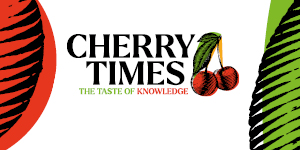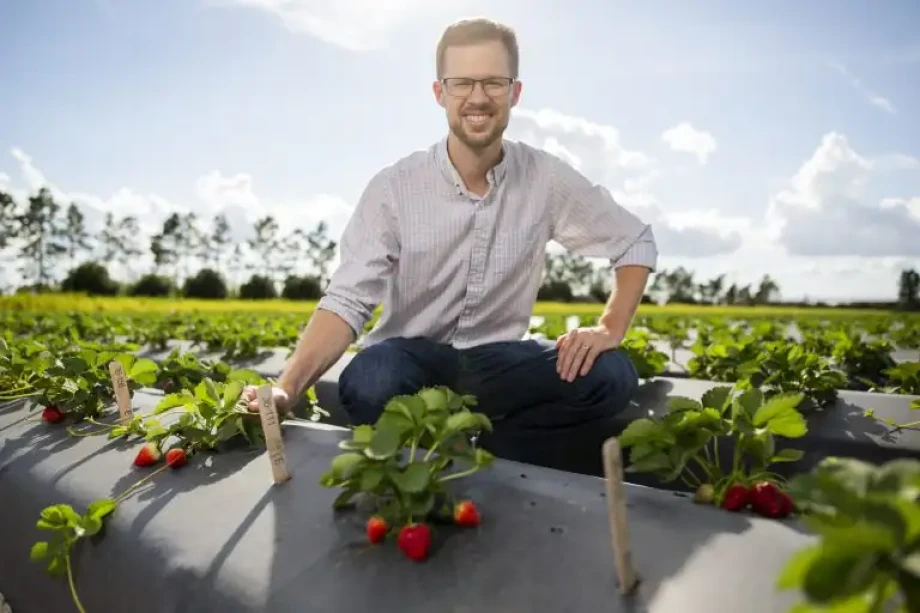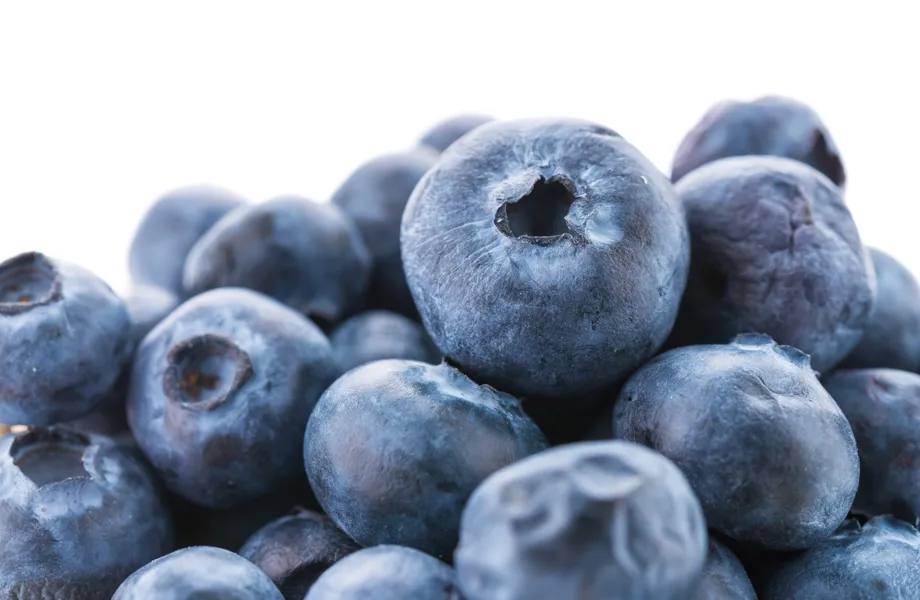A new study published in the journal Proceedings of the National Academy of Sciences has reconstructed the ancient origins and hybridization processes behind the complex genetic makeup of modern strawberries.
The research was led by Zhen Fan, former postdoctoral researcher at the University of Florida and now a professor at Zhejiang Agriculture and Forestry University in China. Fan traced the strawberry’s chromosomal evolution across centuries.
Complex genetic structure
The study revealed that modern strawberries are octoploid, meaning they have eight sets of chromosomes, unlike most plant species, which are diploid with just two.
"Modern strawberries contain roughly four times the DNA of their wild ancestors," explained Vance Whitaker, horticultural scientist at UF/IFAS and co-author of the study. "This is due to the hybridization of up to four wild species over time."
Reconstructing the history of the earliest strawberry species was challenging, Whitaker added, as some are now extinct and cannot be studied directly.
An intricate genetic heritage
Fan’s findings suggest that multiple ancient species crossbred before the emergence of today’s strawberry, indicating a more intricate genetic background than previously thought.
The results could help guide future breeding programs by providing clearer insights into hybridization patterns.
"One day, we hope to recreate the modern strawberry from simpler species through deliberate crosses," Whitaker said. "Understanding its origin will allow us to breed more resilient and genetically diverse varieties with better resistance to pests and diseases."
Implications for breeders
The strawberry’s complex lineage also highlights the challenges breeders face. "With so many species in its background, working with strawberries is both exciting and demanding," Whitaker noted.
The study’s relevance extends beyond strawberries. Co-authors Doug and Pam Soltis of the Florida Museum of Natural History said:
"Strawberries might be the opposite of a purebred, yet they exemplify the evolutionary complexity found in natural plant populations, shaped by repeated hybridization, introgression, and genome duplication."
Broader applications
According to Pam Soltis, the methods used to reconstruct strawberry evolution could also apply to other crops with uncertain ancestry.
"Polyploidy — having more than two sets of chromosomes — is common in wild plants and even other organisms. I’m excited to use these tools to study wild polyploid species, whose evolutionary paths remain largely unknown."
Source: freshfruitportal.com
Image credit: Vance Whitaker, UF/IFAS strawberry breeder. Courtesy of UF/IFAS photography









